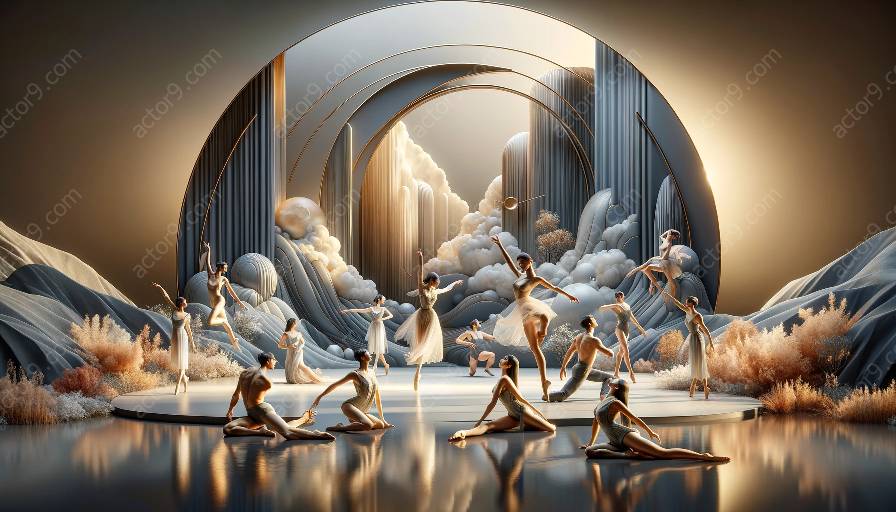Physical theatre is a unique form of performance that emphasizes the use of the human body as the primary vehicle for storytelling and expression. In this topic cluster, we will delve into the powerful and expressive nature of physical theatre, exploring its limits and possibilities in conveying dramatic narratives. We will also examine the fundamental elements of drama that are integral to the practice of physical theatre.
The Essence of Physical Theatre
Physical theatre is a multidisciplinary art form that combines movement, gesture, and expression to convey narratives and emotions without relying solely on spoken language. At its core, physical theatre celebrates the expressive potential of the human body, pushing its limits and exploring the full spectrum of movement and emotion.
The Human Body as a Vessel for Expression
One of the defining features of physical theatre is its focus on the human body as a primary means of communication. Through intricate movements, dynamic gestures, and heightened physicality, performers in physical theatre breathe life into stories, characters, and emotions, transcending linguistic barriers to connect with audiences on a visceral level.
Pushing the Limits of the Human Body
In physical theatre, performers often push the boundaries of their physical capabilities to convey heightened emotions and intense narratives. Through rigorous training and rehearsal, they explore the limits of the human body, harnessing its strength, flexibility, and expressiveness to create captivating performances that blur the lines between reality and illusion.
Elements of Drama in Physical Theatre
When examining physical theatre in the context of the elements of drama, it becomes evident that the principles of dramatic structure, tension, and conflict play a crucial role in shaping physical performances. Elements such as character, plot, and space are redefined and embodied through physicality, adding layers of depth and nuance to the storytelling process.
The Connection Between Physical Theatre and the Human Body
Physical theatre is inherently intertwined with the human body, as performers use their bodies as the primary tool for conveying meaning and emotion. By exploring the limits and expressions of the human body in physical theatre, we gain a deeper understanding of the intricate relationship between movement, gesture, and storytelling.
Embracing the Power of Physical Expression
Through the powerful synergy of physicality and drama, physical theatre offers a platform for performers to unleash the full potential of the human body as a vehicle for expression. By embracing the art of physical storytelling, artists in physical theatre expand the boundaries of performance, captivating audiences with the raw and unbridled power of physical expression.
Conclusion
Physical theatre serves as a testament to the boundless expressive capabilities of the human body, transcending linguistic boundaries and evoking profound emotional responses through the art of movement and gesture. As we explore the limits and expressions of physical theatre in relation to the elements of drama, we uncover the transformative power of physical storytelling, solidifying its status as a captivating and profound form of theatrical art.




































